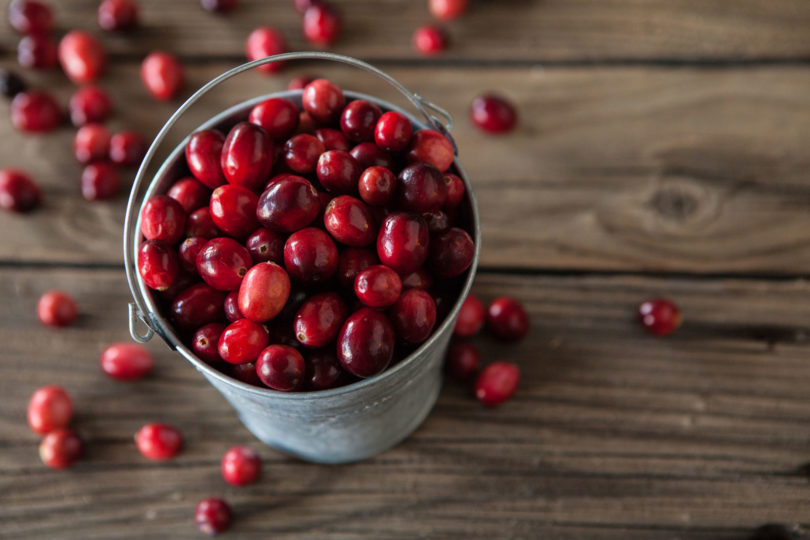Cranberries contain proanthocyanidins and are one of the few fruits native to North America. Massachusetts, Wisconsin, New Jersey, Oregon and Washington are the states that are best known for growing them.
Cranberries do not grow in water; they grow on vines that thrive in sandy bogs or marshes. Because of an air pocket, cranberries float so during a wet harvest they are easily gathered.
Massachusetts, Wisconsin, New Jersey, Oregon and Washington are the states that are best known for growing them.
October to December is cranberry season!
Cranberries are nutrient-rich, which helps prevent urinary tract infections, aids in reducing the risk of cardiovascular disease and helps slow down tumor progression.
A whopping 95 percent of cranberry production is turned into juice, sauce, etc. That means only 5 percent are sold fresh.
The proanthocyanidins in cranberries help prevent the bacteria that can cause plaque, cavities and gum disease.
The name cranberry comes from “crane berry,” which is what pilgrims called the fruit because its flower resembled the head of a crane.



